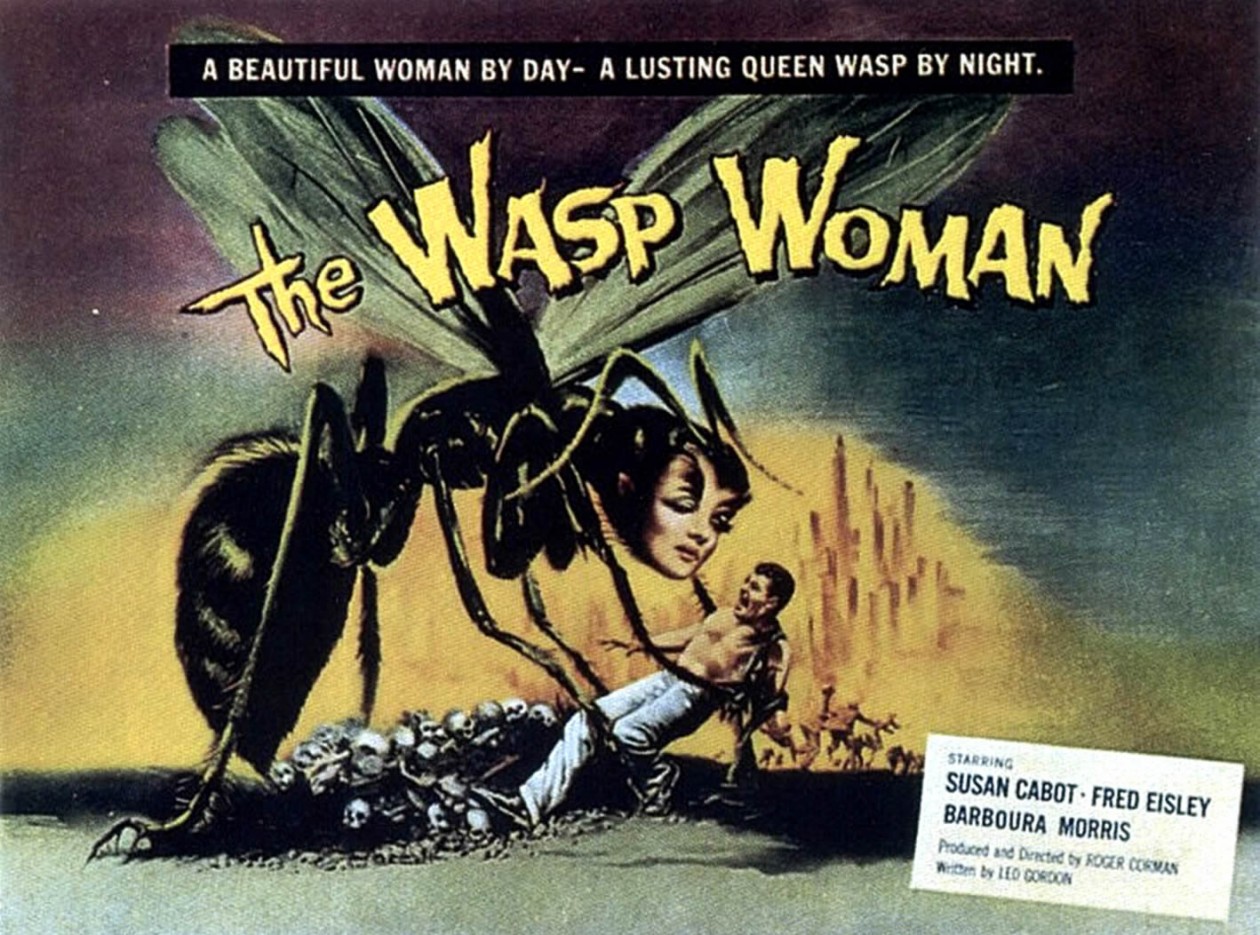I appreciated Judith Mayne’s point in her article when she said that portrayals of gay or lesbian personas in film usually find a way to fall back into the heteronormative formula. One of my favorite quotes was when she said, “The evidence of lesbianism notwithstanding, feminist critics would speak, rather, through a heterosexual master code, where any and all combinations of ‘masculinity,’ from the male gaze to Arzner’s clothing, and ‘femininity,’ from conventional objectification of the female body to the female objects of Arzner’s gaze, result in a narrative and visual structure indistinguishable from the dominant Hollywood model.”
The article references Dorothy Arzner as one of the few women directors who was successful in Hollywood, particularly during the studio years, and still managed to make films that disturbed the conventions of Hollywood narrative. However, none of the feminist critics who analyze Arzner’s work have discussed her lesbianism or her lesbian persona. No one acknowledges that sexual preference might have something to do with how her films function, particularly concerning the “discourse of the woman” and female communities, or that the contours of female authorship in her films might be defined in lesbian terms.
The article questions why feminist film theorists are so drawn to the “dykey” image, yet so reluctant to utter the word, “lesbian.” Mayne suggests that these theorists want the films to stand on their own, and to not have the maker represent the text, or the part represent the whole.
-“There is a striking division between the spectacular lesbian uses to which single, isolated images may be applied and the narratives of classical Hollywood films, which seam to deaden any such possibilities.”
